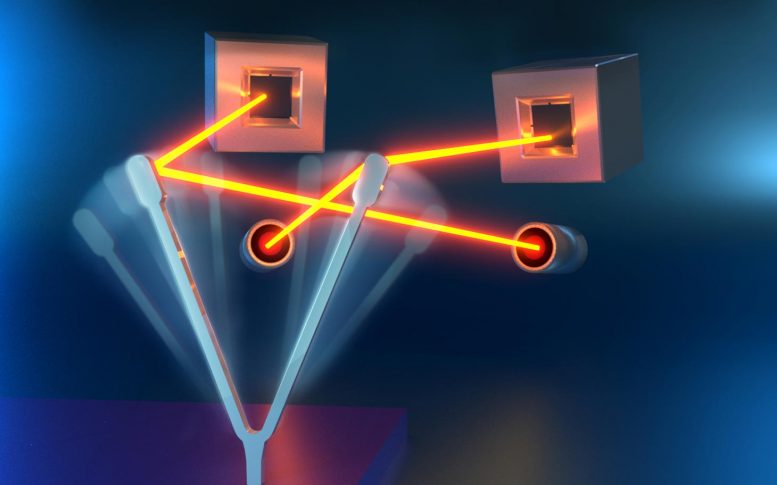
Researchers at the Center for Nanophase Materials Sciences demonstrated an insect-inspired, mechanical gyroscope to advance motion-sensing capabilities in consumer-sized applications.
Credit: Jill Hemman/Oak Ridge National Laboratory, U.S Dept. of Energy
Researchers at Oak Ridge National Laboratory and the National Renewable Energy Laboratory took inspiration from flying insects to demonstrate a miniaturized gyroscope, a special sensor used in navigation technologies.
Gyroscopes sense rotational motions to provide directional guidance without relying on satellites, so they are immune to signal jamming and other cyber threats, making them ideal for aircraft and submarines. Integrating the devices into smaller defense and consumer electronics has been challenged by fundamental obstacles.
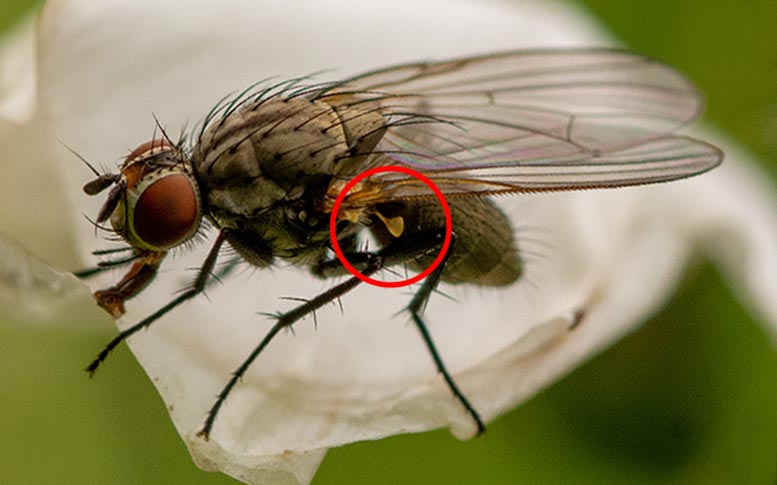
This new miniaturized gyroscope mimics halteres, the vibrating wing-like organs flying insects use to navigate. Credit: Jill Hemman/Oak Ridge National Laboratory, U.S Dept. of Energy
At micro sizes, gyroscopes’ electrical components can produce noise that interferes with their operation. To maintain performance at the microscale, the team developed an all-mechanical device with no on-chip electrical components. The coin-sized design, fabricated at the Center for Nanophase Materials Sciences, mimics halteres, the vibrating wing-like organs flying insects use to navigate.
“Our goal was to optimize cost and performance in the smallest design possible to expand the market for this technology,” said ORNL’s Nick Lavrik.


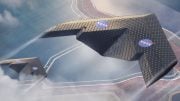
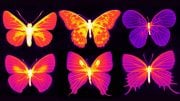



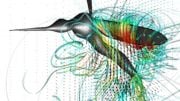

Be the first to comment on "Insect-Inspired Motion Sensing – Researchers Create Miniaturized Mechanical Gyroscope"